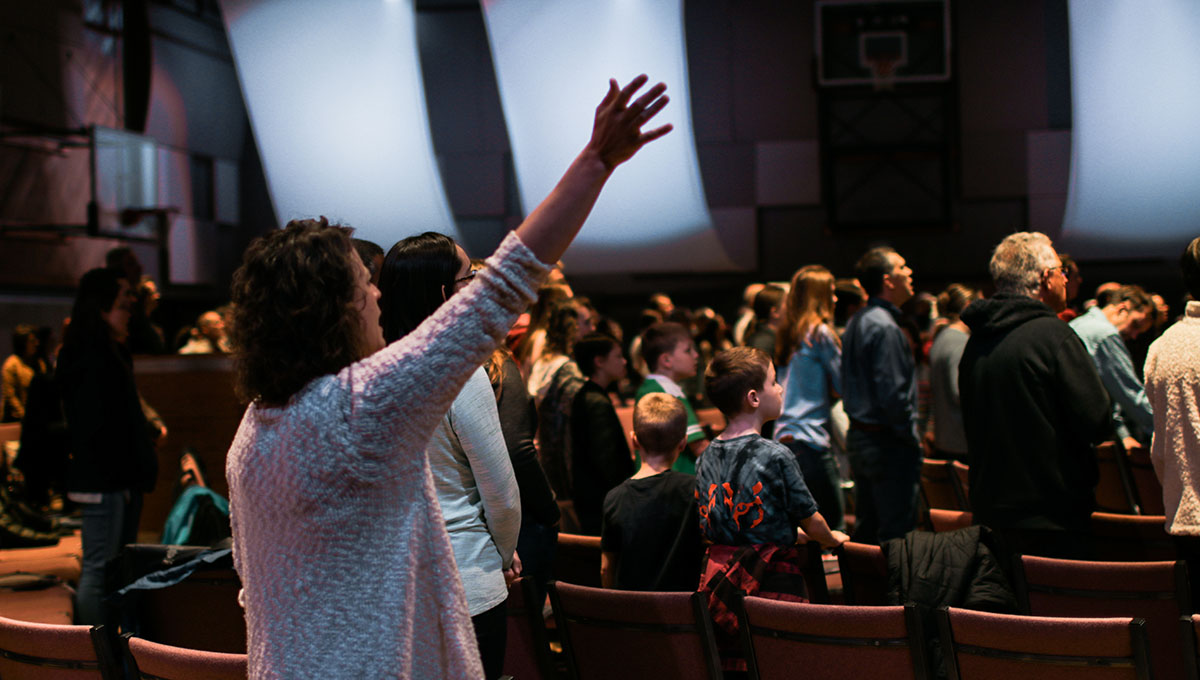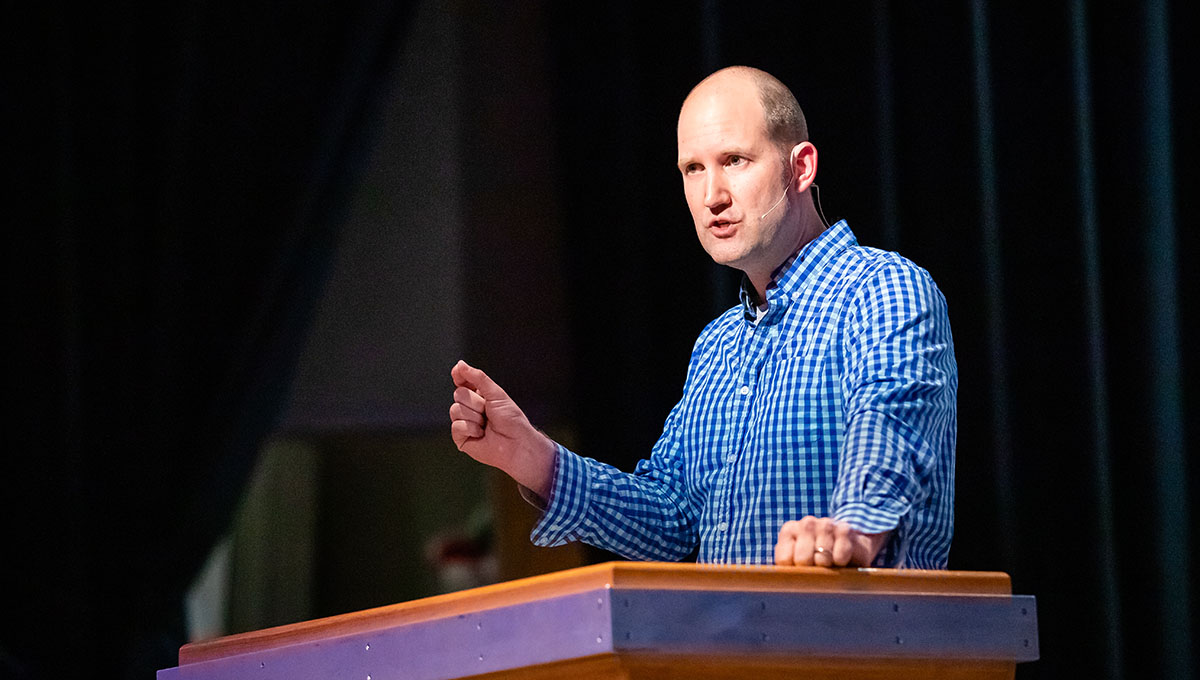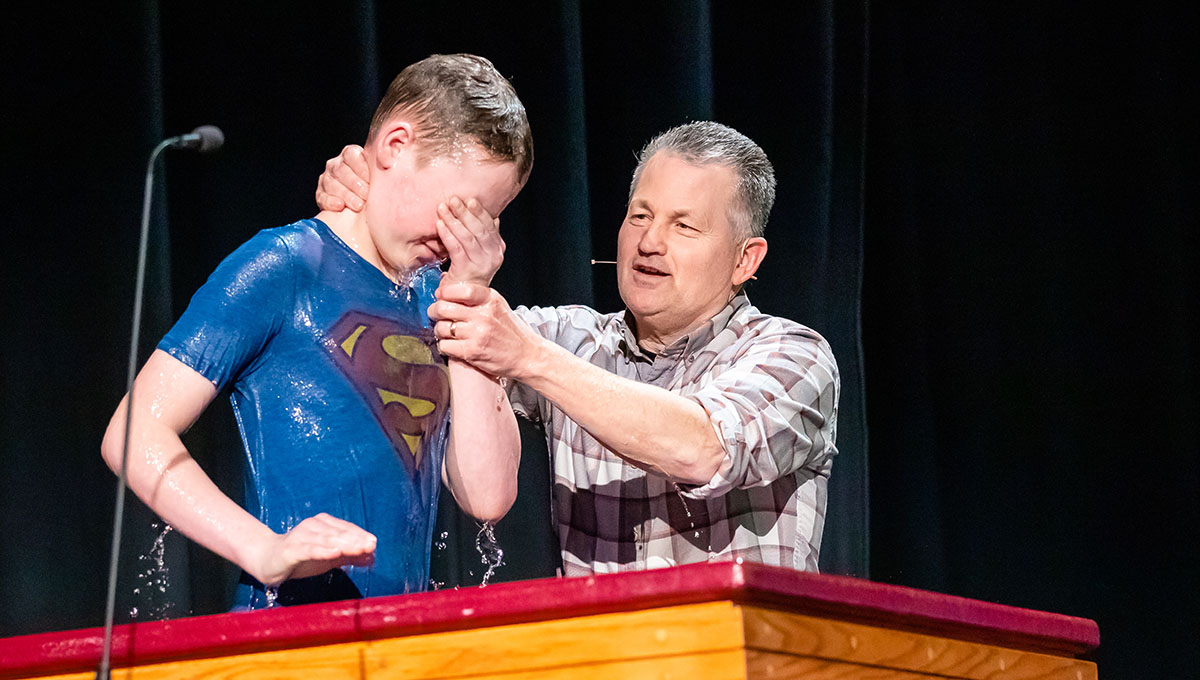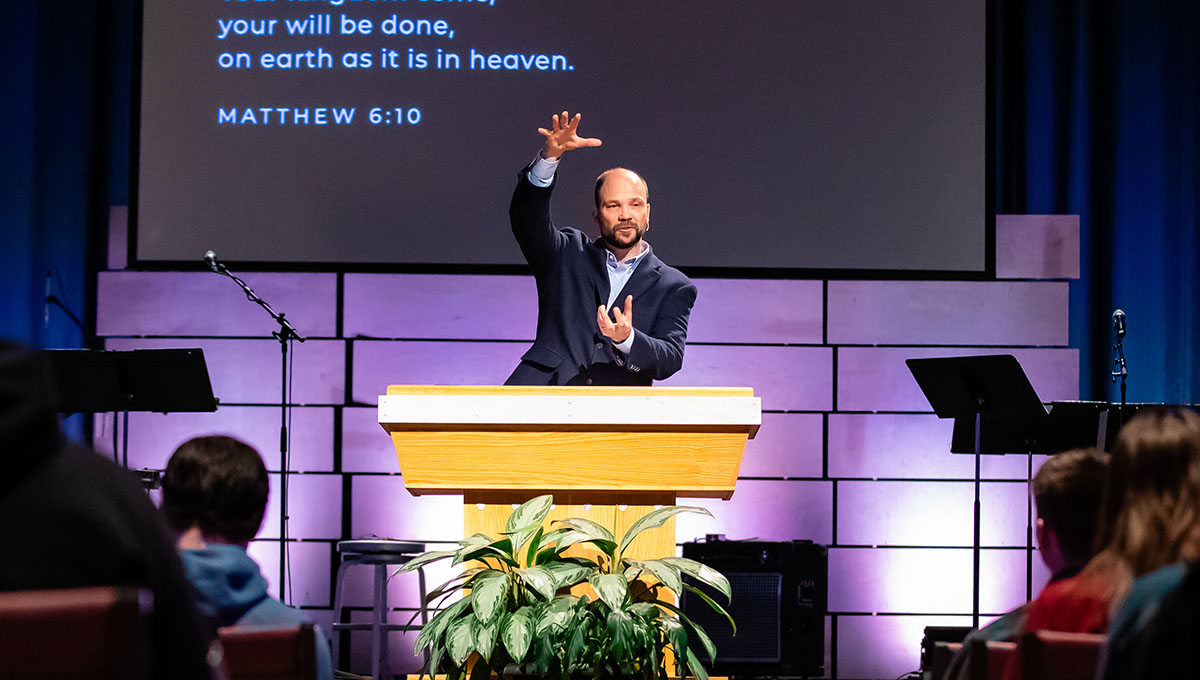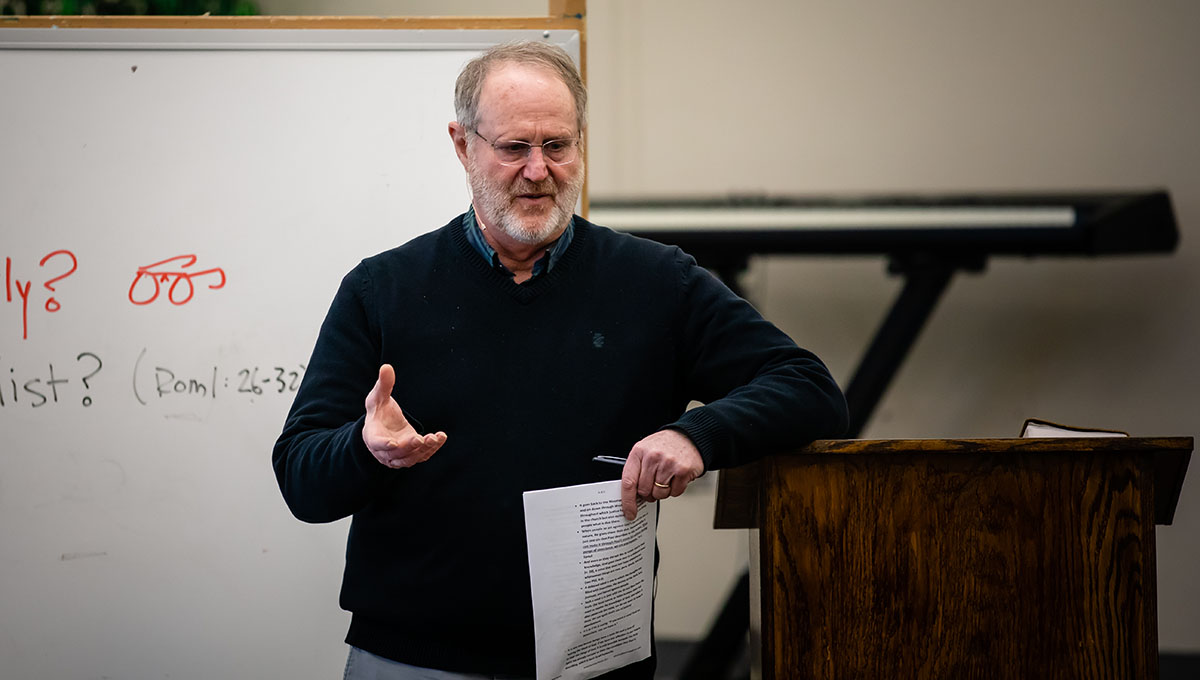Here I am, Send me!
- Steve Hatter
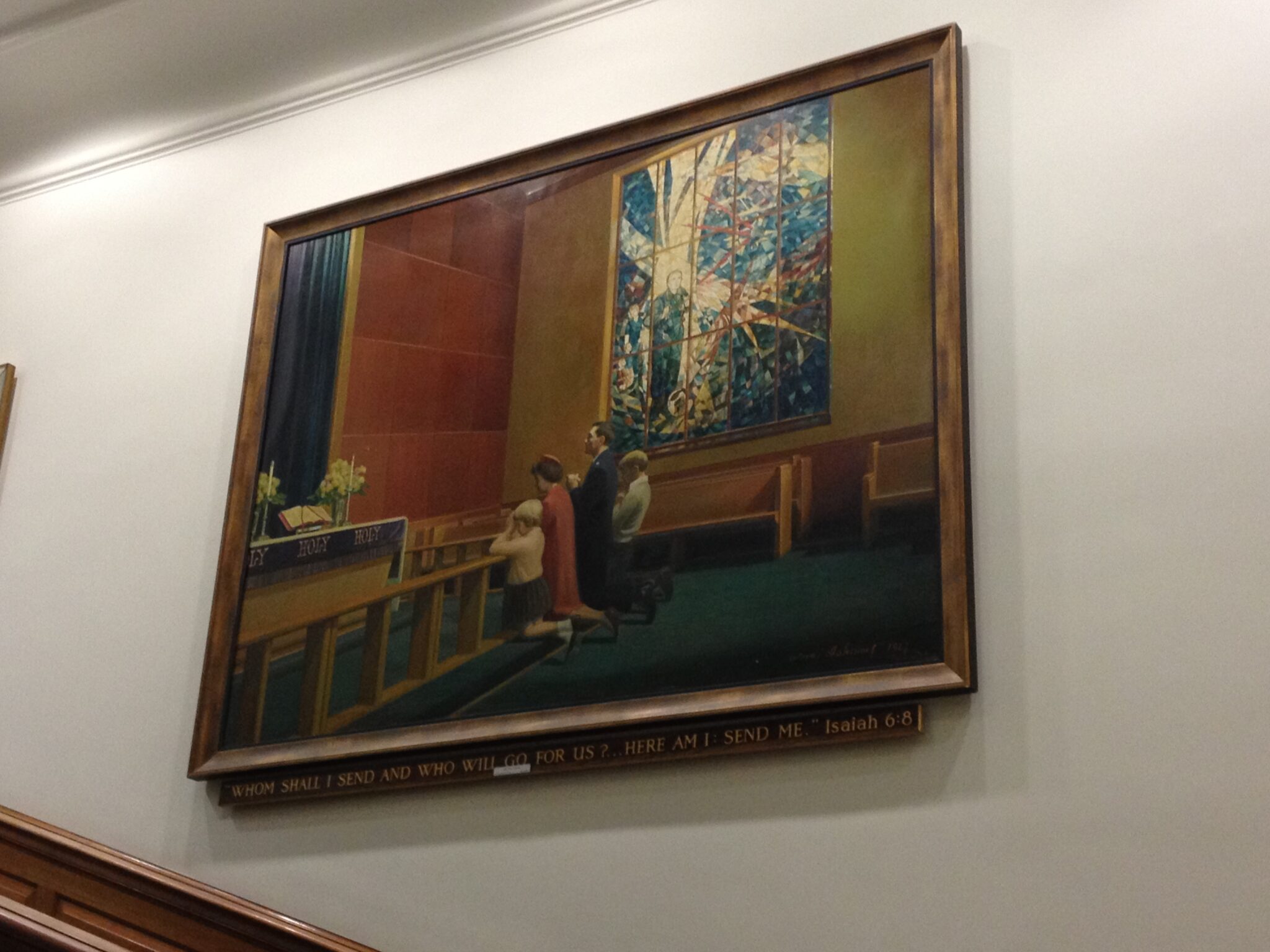
“Also I heard the voice of the Lord, saying, Whom shall I send and who will go for us? Then said I. Here am I; send me.” Isaiah 6:8
I served at the Pentagon as an Air Force major from 1994 until 1997. My favorite place in that legendary building was at the foot of a painting located on a stairway between the 3rd and 4th levels of the E-ring between the 8th and 9th corridors. The Reference to levels and rings and corridors represents the necessary navigation system in America’s massive Department of Defense headquarters that houses over 26,000 uniformed and civilian workers who diligently work every day to keep our freedoms secure. My memories of my time there conjure images of important people, walking fast, to important engagements, that could have meant the difference between life and death. Every day was a veritable beehive of energy and serious activity. Truly, the Pentagon—an iconic symbol of national strength and protection—never sleeps.
The architects who designed the Pentagon gave it five sides, five floors above ground, two basement levels, and five ring corridors per floor, making up a total of 17.5 miles of hallways. The E-ring is the “outside” ring—farthest from the center point of the building—and is the ring corridor where the top brass can be found. The E-Ring, 3rd level, is where the offices of the Secretary of Defense (SECDEF) and the Chairman of the Joint Chiefs of Staff (CJCS) reside. The outer ends of the 8th and 9th corridors precisely locate those important leaders, putting the painting just a few steps from the SECDEF’s personal office.
The painting itself is anything but martial in its appearance. It depicts a humble family of four—a dad, a mom, and two young children—kneeling and praying at a church altar beneath a large stained glass. At the base of the frame is the verse from Isaiah 6.
Its unexpected location in the immediate vicinity of the world’s most powerful military posts demands that America’s senior commanders regularly pass under the praying family and their accompanying Scripture. I have no idea how long this painting has been hanging in that strategic spot, nor who may have first placed it there. Frankly, I am afraid to ask lest someone decide that it is too provocative in our current culture to remain displayed.
Yet, I passed by the painting almost daily as I went about my business in the area while working on a special project for then-Secretary of Defense, William Perry. Back then, I was a relatively new believer and because the painting’s scene was not overtly martial—like of warplanes, or combat ships, or social operations infantrymen—I did not fully appreciate its most powerful message: that it is indeed the most martial depiction of all because it is the perfect representation of the greatest war, which is between good and evil.
Today, as I look at the little family kneeling in prayer, and I consider the inscription from Isaiah 6:8, I am challenged and compelled to acknowledge that I am now—first as a Christian, but even more so as a pastor—very much more at the front lines of real combat than I ever was buckling myself into an F-15E fighter jet.
The real combat I’m talking about is spiritual warfare, and all Christians must understand the nature of spiritual warfare. We must see that we fight twenty-four hours a day, seven days a week, three hundred sixty-five days a year, against an unholy trinity of the world, the flesh, and the devil. We must comprehend that these adversaries are aggressively after our hearts, minds, and souls in the war zone called planet earth without ceasing. There are no leave periods, no R&R breaks, no furloughs, no time-outs in this great battle. Every day believers must choose to fight with faith over fear, for truth over error, under the command of Christ over any authority in the culture, always putting each other above our own personal safety and comfort. These choices count because losing comes with eternal consequences. Moreover, we will ultimately be held accountable for our choices before Holy God.
Ephesians 6:10–18 explains the war this way:
“Finally, be strong in the Lord and in the strength of his might. Put on the whole armor of God, that you may be able to stand against the schemes of the devil. For we do not wrestle against flesh and blood, but against the rulers, against the authorities, against the cosmic powers over this present darkness, against the spiritual forces of evil in the heavenly places. Therefore take up the whole armor of God, that you may be able to withstand in the evil day, and having done all, to stand firm. Stand therefore, having fastened on the belt of truth, and having put on the breastplate of righteousness, and, as shoes for your feet, having put on the readiness given by the gospel of peace. In all circumstances take up the shield of faith, with which you can extinguish all the flaming darts of the evil one; and take the helmet of salvation, and the sword of the Spirit, which is the word of God, praying at all times in the Spirit, with all prayer and supplication. To that end, keep alert with all perseverance, making supplication for all the saints …”
This leads me back to the praying family. Consider these thoughts about them: Are they not in the fight and fighting effectively because they appear to be seeking to be in the Lord and in the strength of His might? Are they not fighting as God’s perfectly designed combat unit, the nuclear family? Are they not fighting from the high ground of God’s house—his church. Can we believe that they are clothed in God’s armor? That they are landing blows against the unholy trinity that is causing this present darkness through word-centered individual and corporate prayer?
To me, in considering all I have learned since my time at the Pentagon a quarter of a century ago, they appear the brave volunteer warriors saying to the Holy Heavenly Commander, Here Am I, Send Me!
Blessed saints, on the days we are tempted to be overwhelmed by the crashing of our culture, consider the combat power of praying with your loved ones. On the days when you wonder if God really is in control, consider His Word, which attests to a perfect history of promise-keeping. And if your emotions push you to any sense of putting the gracious and loving God of our Bibles on trial over His character or motives, consider His incredible patience and longsuffering track record towards our rebellion, and that Jesus,
…who, though he was in the form of God, did not count equality with God a thing to be grasped, but emptied himself, by taking the form of a servant, being born in the likeness of men. And being found in human form, he humbled himself by becoming obedient to the point of death, even death on a cross. Philippians 2:6–8.
Jesus impeccably modeled the correct response to “Whom shall I send and who will go for us?” The Father, The Son, and The Spirit agreed he would say then and for all time: “Here am I, Send Me!”


